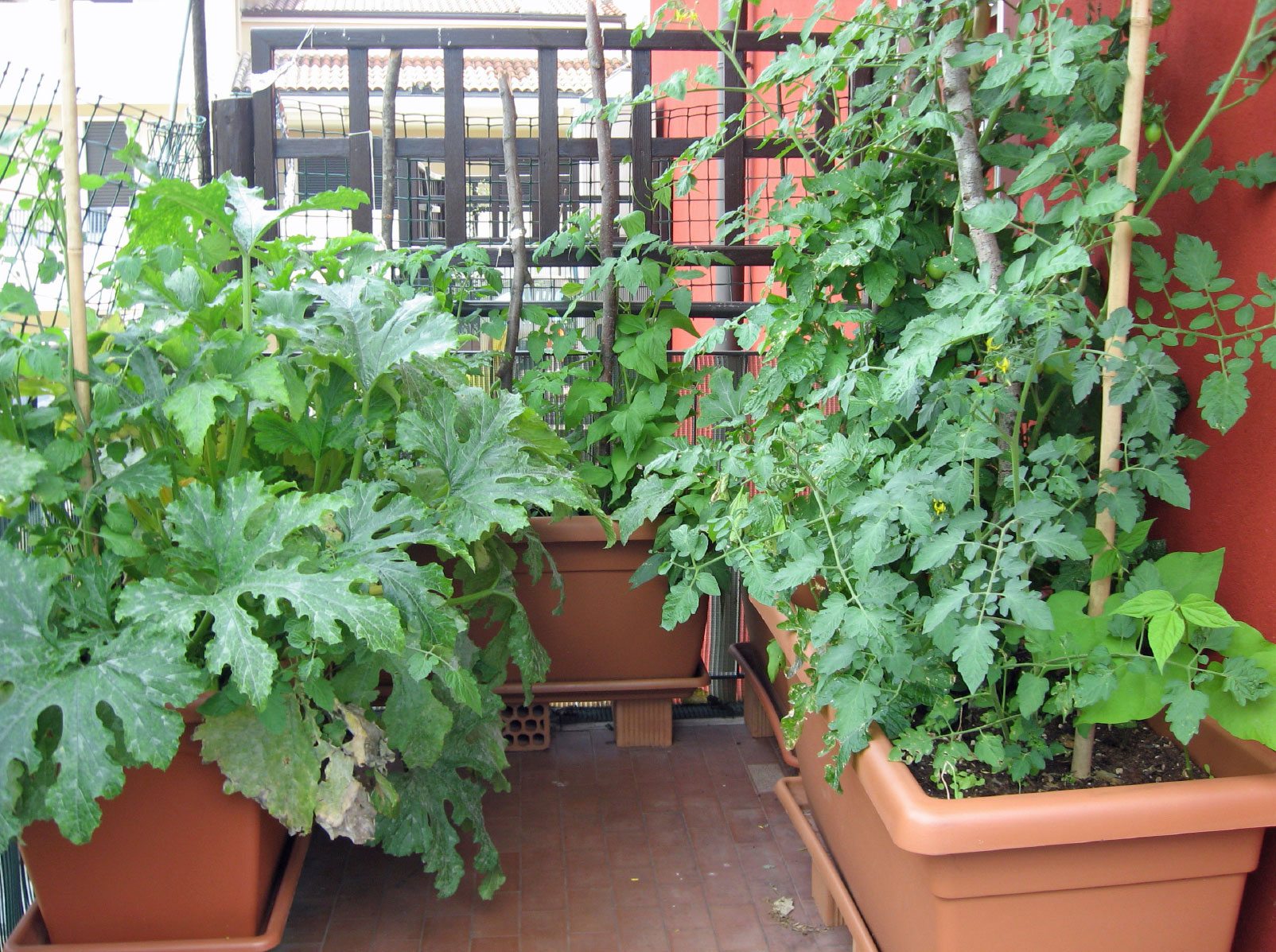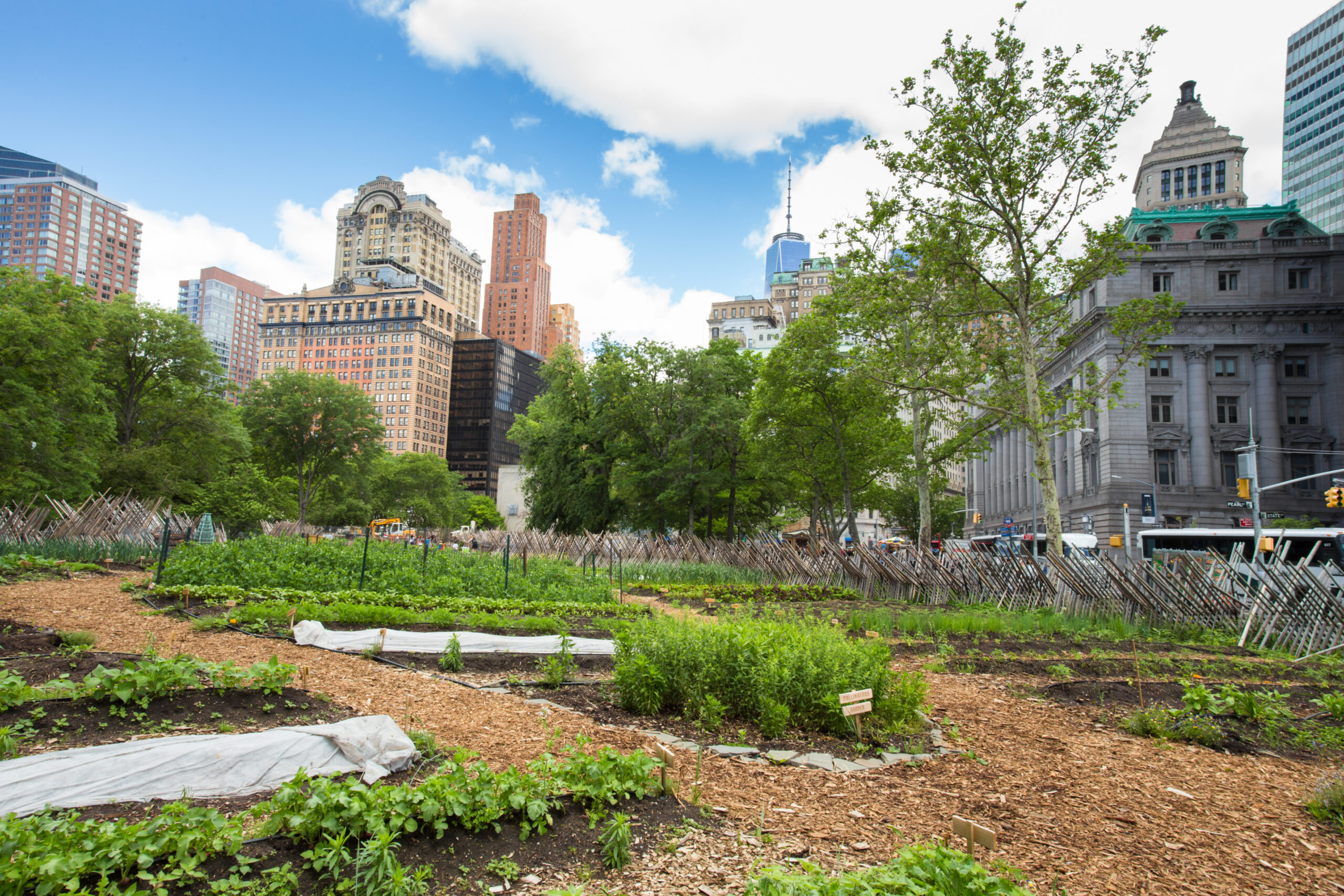The Only Guide to City Blooming
The Only Guide to City Blooming
Blog Article
City Blooming - Questions
Table of ContentsSome Known Incorrect Statements About City Blooming The Main Principles Of City Blooming City Blooming Can Be Fun For EveryoneThe Greatest Guide To City BloomingHow City Blooming can Save You Time, Stress, and Money.
Fascinated in expanding food for sale in the City of Chicago? Below is a list of regularly asked concerns regarding the regulations and guidelines that cultivators must think about when preparing a metropolitan farming project.
The zoning change does not change any other codes handling composting, structure permits, acquiring or renting City owned home, business licenses or environmental contamination. There are existing codes that regulate these concerns and they stay completely effect and might apply to your project. Area yards are normally had or taken care of by public entities, public organizations or community-based companies and preserved by volunteers.
Urban ranches expand food that is intended to be offered, either on a nonprofit or for-profit basis. Due to their commercial objective, urban ranches require a business permit. Yes. An area yard is enabled to offer surplus create that was expanded on website if the sales are accessory or secondary to the yard's key purpose defined above.
8 Simple Techniques For City Blooming
Composting is allowed but just for plant material that is produced and used on site. The quantity of garden compost material can not surpass 25 cubic backyards at any offered time according to the standards in 7-28-715 of the City's Municipal Code. Yes. Due to the fact that the dirt at many brand-new yard websites requires amending, garden compost, soil, wood chips, or various other products can be gotten to construct or enhance the expanding area - urban gardening.

If a structure license is needed after that the hoophouse will certainly be thought about an accessory structure. You can learn more regarding the structure license needs by contacting the Department of Buildings. The 25,000-square-foot size restriction is planned to stop a solitary area garden from dominating a provided block or taking away from the block's existing property or commercial personality.
The restriction does not put on yards found in Public Open Space (POS) areas. Can there be greater than one neighborhood yard that is 25,000 square feet on a solitary block? Yes. The dimension limitation applies to specific yards, not to individual blocks. No. Fencing is not called for, however, yards that have huge car parking locations might be required to mount secure fencing or other landscape design functions.
Unknown Facts About City Blooming
B1 & B2 areas need that all business usage activities be conducted inside. Is fence required for urban ranches? Fencings may be called for, along with landscape design and screening, for particular car park areas and outdoor work or storage space areas depending on place and the specific activity taking area.
Urban farms need building authorizations and zoning authorizations prior to building and construction (garden care). Various other types of city review might be required depending on details structures, tasks, dimension, landscaping, licensing, public heath and stormwater management problems.
Yes. The kind of license is established by what is occurring at the website. The Division of Business Matters and Customer Defense can help establish the certain kind of service permit that's required. Yes. Off road car park is required for a lot of commercial tasks in Chicago. The needed variety of garage is based on the number of staff members dealing with site and not the square video of the growing area.
City Blooming Can Be Fun For Everyone

A city ranch can market garden compost product generated on site, however, the operation should conform with the regulations in 7-28-715 of the Chicago Municipal Code. Aquaponic systems are allowed indoors on urban farms in lots of zoning areas.
As much as five hives or colonies of honey may be maintained as an accessory usage. Beekeepers should sign up with the Illinois Division of Farming. For even more info regarding the proposed zoning change you might speak to the Department of Housing and Economic Development, Bureau of Preparation and Zoning at 312.744.8563.
, which takes location in country locations at the side of suburban areas.
What Does City Blooming Do?
It can include a motion his comment is here of organic farmers, "foodies" and "locavores", who look for to develop social media networks based on a common ethos of nature and area holism. These networks can establish by way of formal institutional assistance, coming to be incorporated into regional town as a "transition community" motion for lasting metropolitan development.
In either instance, the a lot more direct accessibility to fresh veggie, fruit, and meat products that might be understood with urban farming can improve food protection and food safety while lowering food miles, leading to reduced greenhouse gas exhausts, thereby adding to environment change mitigation. Some of the very first proof of city farming originates from Mesopotamia.
Report this page